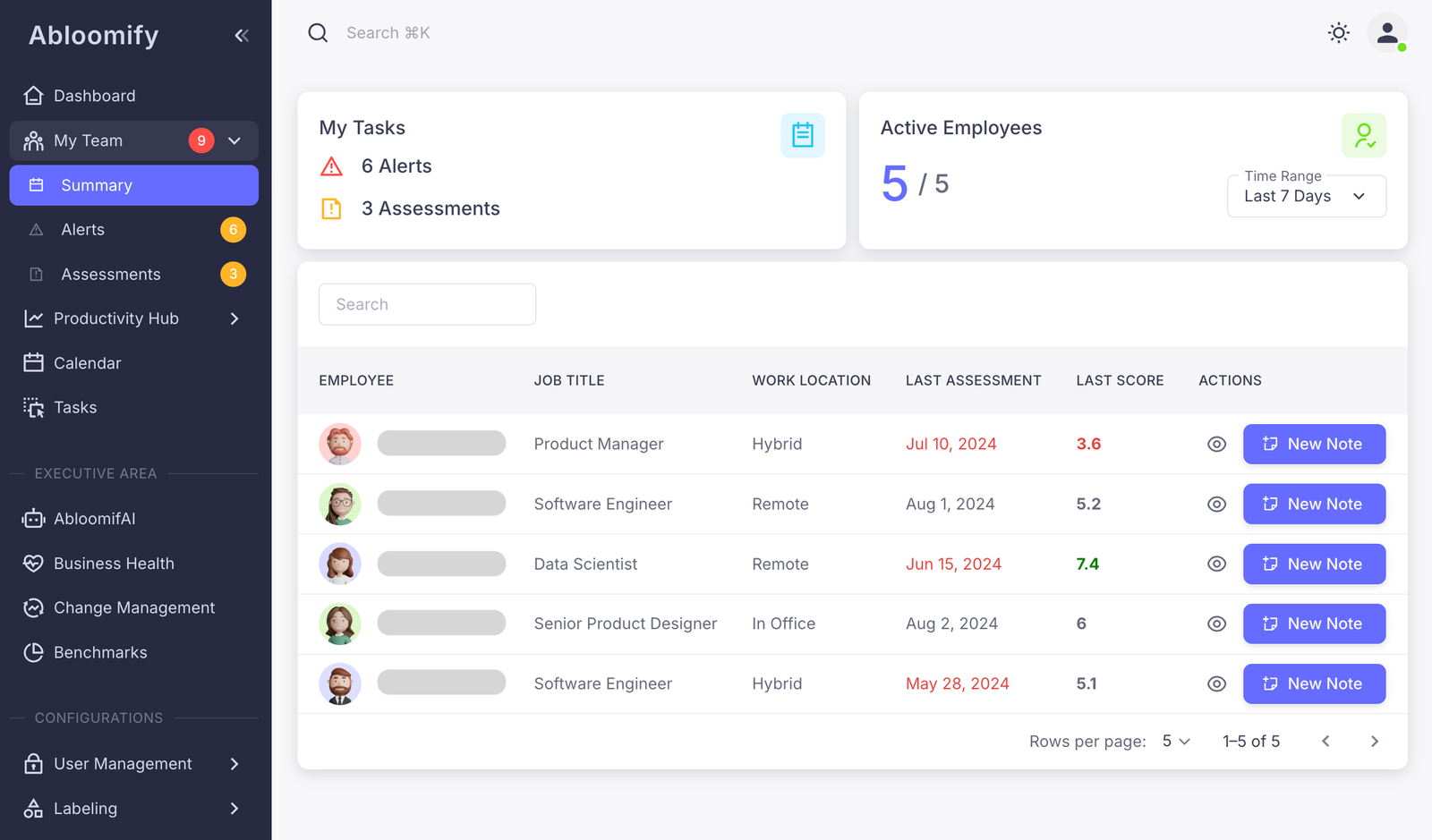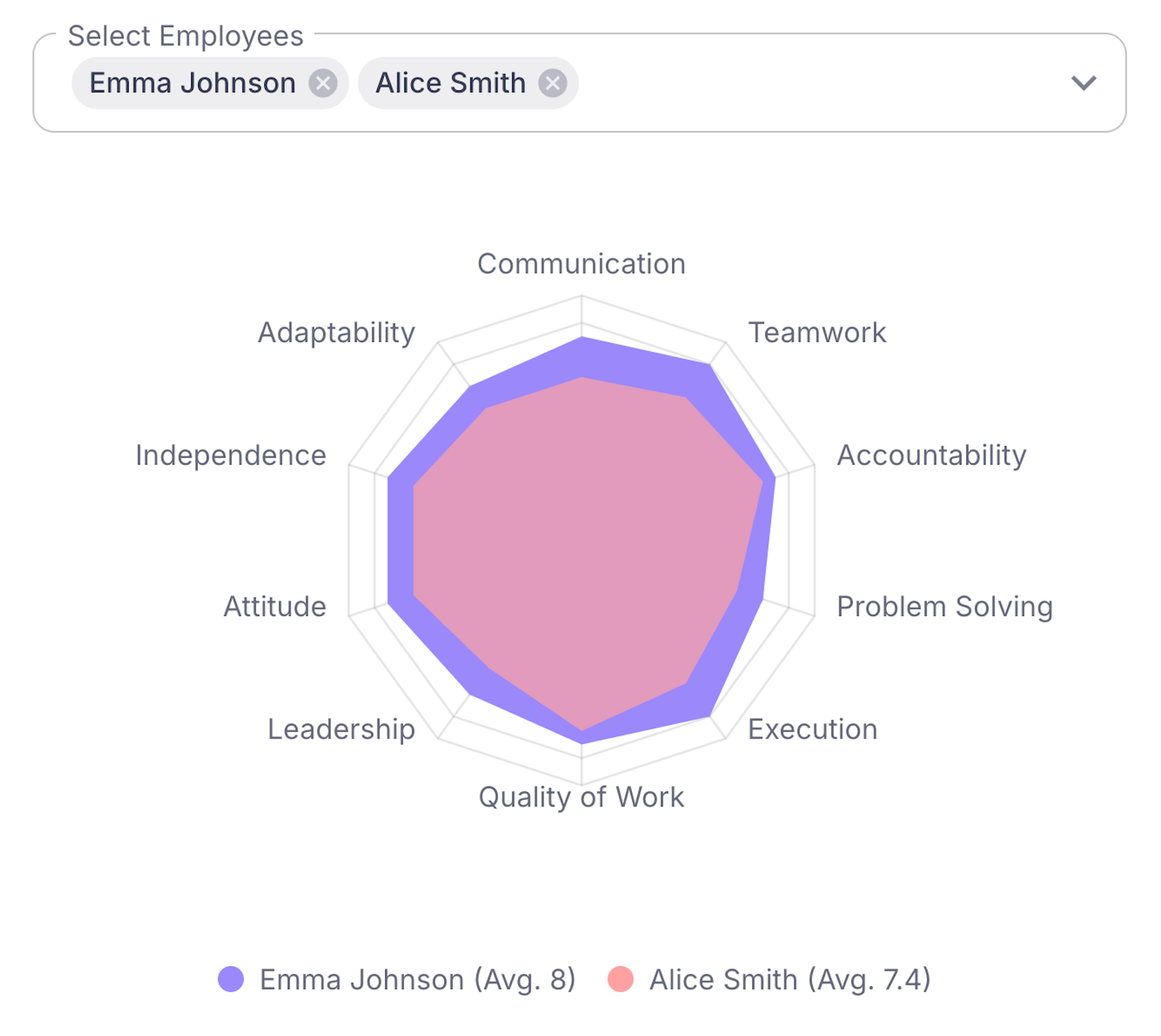As the world embraces remote work, software teams face unique management challenges that impact productivity and employee satisfaction. Addressing issues like communication gaps and performance tracking is essential for success. Discover strategies to navigate these hurdles and optimize team dynamics.
Understanding Remote Work Dynamics
Why does remote work shift dynamics so profoundly? It’s because the foundation on which we build our teams has changed. Remote work has introduced a unique blend of opportunities and challenges, reshaping how software teams operate.
First, let’s consider self-management. Remote work empowers employees to design their own schedules, offering unprecedented autonomy. Yet, this freedom demands discipline. Leaders need to cultivate an environment where employees embrace accountability. They must inspire their teams to see the “why” behind self-management.
Next, trust becomes the bedrock of remote teams. Without physical presence, trust isn’t a byproduct; it’s a deliberate outcome. Managers must prioritize creating authentic connections. Trust is reinforced through consistent, transparent communication. Remote teams thrive when trust is a conscious, ongoing process.
Communication challenges arise with time zones, creating invisible barriers. Asynchronous work can feel like a game of digital tag. To overcome this, teams must adapt by finding overlapping hours or leveraging tools for seamless collaboration.
Understanding these dynamics is not just crucial; it’s fundamental. Embracing these shifts allows software teams to unlock new potentials and work symbiotically. Managers are the catalysts driving this change. They must see that remote dynamics aren’t hurdles, but opportunities to grow and innovate.
Remote work redefines how we function and interact. It’s a call to action for every leader to foster environments where motivation and purpose come from within each team member. Learn more about how you can choose the right work model for tech companies, harnessing the power of remote work.
Communication and Collaboration in Virtual Teams
The art of communication in remote software teams is less about the tools and more about harnessing human intention. When we’re led by intention, we recognize why our conversations matter. The absence of face-to-face interaction shouldn’t deter connection. Instead, it should inspire us to dig deeper to connect, inspire, and trust more.
Consider the challenges:
– Remote environments can often feel isolating. A lack of spontaneous conversation may lead to team members feeling disconnected.
– Misunderstandings can arise from the absence of visual cues, causing friction in collaborations.
– Maintaining team cohesion across diverse geographic locations can seem daunting.
Intention-driven solutions can bridge these gaps. Structured communication protocols become essential. Designate specific times for collaborative check-ins, fostering a culture of open dialogue. These moments remind teams of their shared goals and strengthen bonds. Furthermore, embrace technology like AI-driven feedback tools to promote clarity and transparency. Abloomify offers solutions that encourage seamless collaboration by providing real-time feedback and insights, ensuring alignment in understanding and execution.
Moreover, it’s important to remember that the digital workspace is a canvas. Use it to paint a picture of inclusion and belonging. Encourage video calls to capture emotional nuances and maintain relational depth. Lead with empathy, always. Recognize every interaction as an opportunity to reinforce positive impact.
In remote dynamics, recognizing the “why” empowers teams to transcend geographical barriers, fostering genuine relationships while accomplishing shared visions. To learn more about fostering these connections, visit the strategies for modern workplaces on the Abloomify website.
Performance Management and Monitoring
Performance management and monitoring in a remote context isn’t just about tracking hours worked. It’s about understanding the deeper elements that drive engagement and creativity. Traditional methods focused on quantifiable metrics, yet they often leave the human element behind. By shifting our lens from monitoring to empowering, we inspire lasting motivation.
Remote work presents unique hurdles. Disconnection can lead to disengagement, and lack of visibility might fuel inefficiencies. Yet, when performance management transcends mere oversight, it nurtures growth and resilience.
Here’s how managers can approach this shift:
- Embrace continuous feedback. Regular check-ins cultivate trust and open lines of communication. This keeps teams connected and informed, limiting the chance for misunderstandings.
- Leverage technology like Abloomify’s AI-powered platform to provide ongoing assessments. The tool offers real-time insights, allowing managers to make informed decisions and prevent burnout.
- Focus on outcome-based performance measures rather than just activity. Encourage autonomy and value the quality of results over quantity of hours.
Selecting approaches that are empathetic to team dynamics goes beyond boosting productivity. It helps in creating an environment where everyone strives for excellence. By aligning goals with personal growth, teams find purpose and meaning in their work. When technology and people come together, they build a more resilient, agile workforce. For more on how AI and performance management intersect, visit our guide to Transforming Performance Management Strategies for 2025.
Building a Resilient Team Culture
To build a resilient team culture in remote software settings, we must first understand why it matters. A strong team culture fosters trust, inclusivity, and a sense of belonging, forming the backbone of any successful organization. In a remote setup, this culture becomes even more crucial, as employees aren’t interacting in traditional physical spaces.
Creating trust should be a priority. Trust emerges when team members feel valued and respected for their contributions. Encourage open communication through regular video calls and instant messaging. Designate time for casual conversations to replicate the water cooler effect, fostering more personal connections.
Inclusion is more than just a buzzword. It involves recognizing and appreciating diverse viewpoints, which can drive innovation. Use inclusive language in meetings and written communications. Encourage everyone to participate actively, ensuring each voice is heard and considered.
Fostering a sense of belonging requires intentional effort. Celebrate team successes, big or small, and recognize individual achievements. Develop traditions unique to your remote team, perhaps a virtual coffee break or a monthly trivia game.
Tools like Abloomify’s 360° feedback collection and a standardized assessment framework can serve managers in building an inclusive team culture. They provide insights into team dynamics and help identify areas for improvement, enabling managers to take targeted actions.
By investing in team culture, we cultivate environments where trust and inclusivity thrive. Just as performance management is essential for growth, so is the nurturing of our cultural backbone. For additional insights into building performance-driven teams, explore how to improve team productivity strategies for modern workplaces.
Balancing Workload and Capacity Planning
Balancing workload and capacity planning in remote teams isn’t just about tasks and deadlines. It’s about creating a rhythm where team members feel motivated and not overwhelmed. Managing this balance requires understanding the deeper “why” behind how we distribute work. Overloading employees can lead to burnout, affecting team culture and overall productivity. To prevent this, effective capacity planning is essential.
Imagine the importance of understanding each colleague’s strengths and weaknesses. By doing so, you can distribute tasks that align with their skills. When employees work on projects that resonate with their abilities, not only do they perform better, but they also find joy in their tasks. This is where strategic planning enters the scene.
Capacity planning isn’t a static process. It demands continuous adjustments:
- Regular check-ins to gauge team readiness.
- Analysis of productivity patterns to better allocate resources.
- Adapting to individual and project needs without compromising on goals.
Abloomify’s tools for workload management help streamline these processes. They provide insights to not only distribute tasks efficiently but also ensure sustained productivity. Remote teams can utilize these tools to gauge workload capacity and adjust plans proactively. This helps in fostering an environment where team members feel valued and heard.
It’s about moving away from merely assigning tasks to curating meaningful work that aligns with team capabilities. To delve deeper into enhancing performance through strategic workload management, explore more on performance management in the digital era.
Navigating Change Management
Navigating change within remote software teams requires more than just process updates. It demands a keen understanding of human dynamics. Leaders must ignite a shared sense of purpose, helping their teams embrace change as an opportunity for growth. This mindset transforms potential roadblocks into stepping stones for innovation.
Emphasizing technology can streamline transitions, reducing disruptions. Abloomify offers tools to measure the impact of changes and analyze license usage. These tools can pinpoint where new processes or technologies enhance efficiency, facilitating smoother shifts. This proactive approach aids in minimizing growing pains.
To achieve optimal change management, consider these strategies:
- Foster open communication. Engage teams through honest conversations about the purpose behind change.
- Empower autonomy. Enable team members to take ownership of new processes and tools.
- Utilize data analytics. Leverage platforms like Abloomify to monitor and evaluate technology adoption.
- Provide consistent support. Equip teams with resources and training to navigate transitions confidently.
These principles pave the way for a resilient team culture, ready to embrace change as part of the journey. By focusing on the “why,” leaders can inspire their teams to rally around the common goal of progress, making change less daunting and more meaningful. Explore how AI strategies can assist in easing the change management process. They empower teams to harness the full potential of evolving environments, ensuring the transformation is not only seamless but also impactful.
The Future of Remote Teams
Picture a world where remote software teams are not just surviving but thriving. In this envisioned future, leaders embrace data-driven insights as their north star. This isn’t just about numbers; it’s about creating environments where people can be who they are at their best. By understanding the “why” behind data, managers can foster teams that are more engaged, innovative, and aligned with organizational goals.
Consider the following transformative ideas for remote teams:
- Personalized Learning Journeys: Data-driven insights into skills and performance can tailor growth opportunities to individual needs.
- Predictive Workforce Planning: Leaders can anticipate challenges, adapting their strategies proactively rather than reactively.
- Enhanced Team Collaboration: Utilizing insights to understand team dynamics can lead to more effective collaboration, regardless of distance.
Imagine how empowered leaders can drive change in ways that were previously unimaginable. They become visionaries capable of seeing beyond the horizon, making strategic decisions that propel their teams to new heights. As technology continues to evolve, leaders have the opportunity to create workspaces that nourish creativity and foster connection despite geographical barriers.
For those ready to embrace this dynamic realm of leadership, exploring workforce management in the AI era becomes crucial. You’re not just adopting technology; you’re transforming the way your teams experience work.
Stepping into this future means nurturing a culture of continuous learning and adaptability. It’s about empowering teams to write their own success stories. By doing so, remote software teams become not just a part of the future but driving forces behind it.
Final words
Remote work presents both unique challenges and opportunities for software teams. Effective management requires understanding team dynamics, improving communication, monitoring performance, and fostering a strong culture. Embracing AI-driven solutions like those offered by Abloomify empowers leaders to build agile, high-performing teams ready for the future.



